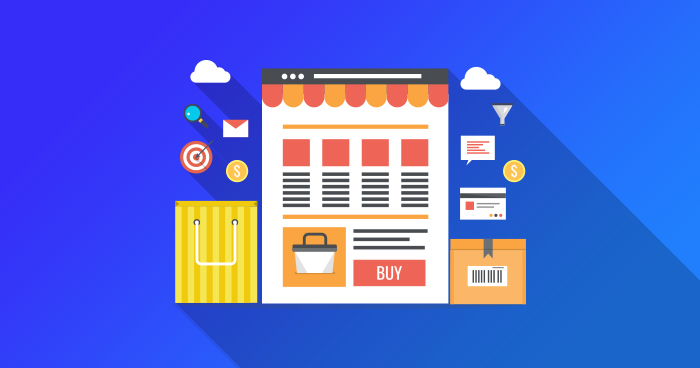Keeping up with eCommerce trends helps brands optimize their online stores. They can make their websites easier to navigate, boosting sales and enhancing the customer experience. Brands can also use AI-powered personalization, intelligent search, and marketing automation. They can also implement sustainability practices like utilizing eco-friendly packaging and collecting zero-party data.
Social Media
Social media has significantly impacted the E-commerce industry, especially during the Covid-19 pandemic. Social commerce sales have increased, and marketers must keep up with new marketplaces, marketing channels, and shopping technologies to stay ahead of the competition. Ecom Insider and Social shoppers are drawn to brands that provide personalized recommendations and experiences, including the ability to try before they buy. This can be achieved by augmented reality (AR) commerce, which allows customers to try on glass frames, place furniture in their homes, or apply makeup products to see what suits them best. Users expect a seamless shopping experience; the latest technologies offer new ways to deliver this. One such method is to buy online, pick up in-store (BOPIS), or click-and-collect. This means customers can order their goods from a website and collect them at a physical store, reducing delivery costs.
Mobile
As technology evolves and new trends emerge, online shoppers increasingly rely on mobile devices. ECommerce brands must keep up with these changes to capture a larger market share. Consumers want an omnichannel buying experience, and it’s up to retailers to deliver on this demand. Retailers providing a seamless, end-to-end buying journey rooted in convenience will win customers’ loyalty and significantly boost their sales. One way to meet this demand is by providing buy buttons on social media and implementing mobile wallets to allow customers to enter their payment information quickly. Another way is to offer quick-loading web pages, as consumers can grow impatient with websites that take too long to load. Finally, it’s important to consider introducing progressive web applications (PWA) to improve the user experience. These apps function like websites but can be accessed without an internet connection. This makes them ideal for users on the go.
Voice Search
The e-commerce industry is constantly changing, and retailers must stay current on these trends to maximize revenue. One of the hottest emerging trends in e-commerce is voice search, which allows customers to interact with your website hands-free using their smartphone or smart speaker. Many marketers are optimizing their sites for voice search by writing content in natural language, addressing common questions, and providing clear answers. And finally, flexible payment methods, such as cryptocurrency, are becoming more popular among shoppers. Ultimately, embracing these 2023 e-commerce trends can help businesses build long-term client relationships and increase customer lifetime value.
Artificial Intelligence
When it comes to e-commerce, customers are more than happy to share their shopping data with brands on the condition that they can provide them with valuable experiences. This is where AI can help. Natural language processing (NLP) is another widespread use of AI in the e-commerce industry. Using this software, businesses can help shoppers find what they’re looking for with search capabilities that use NLP to narrow and improve results for online shoppers. AI is also being used to boost customer experience with visual search capabilities, allowing consumers to take a picture of something they want to buy and have it automatically find similar items.

